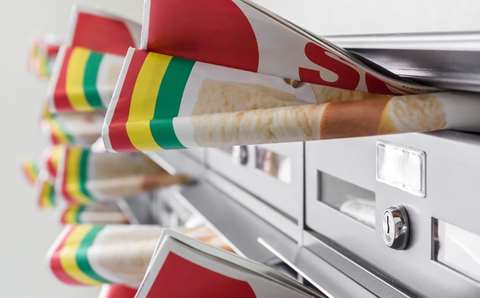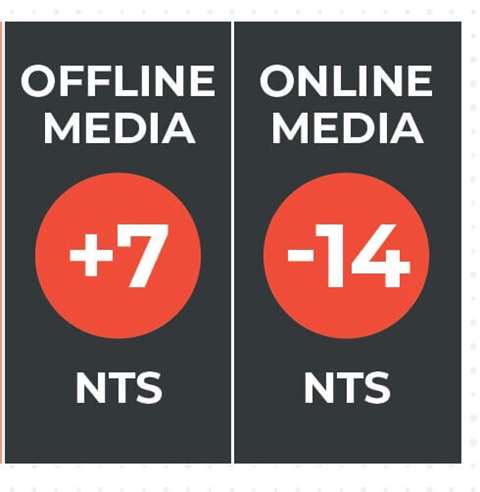Ulbe Jelluma
How do you see the situation evolving for door drops in the next two or three years?
Thomas Hopman
Well what we see with local governments and with our advertisers is that sustainability is becoming more important. They're willing to accept more costs, or perhaps for short periods, a lesser result when they reduce the regularity of a door drop. We believe the way forward is going from unsolicited to requested in door drops. We need to get the consumer more in play so they’re more directly at the table saying ‘I want your leaflet’. Getting out the last bit of waste is the way forward.
Ulbe Jelluma
And permission based is one way of doing it? Because that's not a solution to the problem of sustainability.
Thomas Hopman
Well it depends because it might eradicate the last bit of waste. We still have a small percentage of households that receive door drops every week, and they throw them out or read a very limited number of leaflets. We have the same proposition that Kiesjefolders has where you can personalise your own leaflet package. We think that a decent number of Dutch consumers are interested in that, next to the large group of households that want to receive all leaflets. In the end, you get a lower reach, but much more effectiveness.
Ulbe Jelluma
And in your view, that's got what's going to happen in the next two to three years - permission based door drops?
Thomas Hopman
If you do not act, our advertisers will take those decisions for you. I think the opt-in system in the Netherlands is a bit of a sign that we've waited too long.
Aldo Breed
I agree. The retailers who have partnered with Kiesjefolders are very enthusiastic about the results when consumers ask for their own leaflets. In some bigger cities, we already have a significant reach. When we do tests with specific offers, you can see that distributing door drops via addressed distribution is very successful. Compared to normal distribution, the costs for effective reach using addressed distribution are lower because there are so many door drops that are normally wasted. As advertisers want to communicate with customers at the lowest cost possible, they first want to put as much effort into their own media. But then, they are only communicating with existing customers, so they need door drops to reach customers who are not in their database. The Kiesjefolders system gives good results. For example, we did a test with a food retailer, and they saw an increase in sales in relevant stores of about 2 to 4%. Enough reason to scale up distribution with us. We are still at the beginning and already have 200,000 addresses in Holland that we can reach weekly.
Thomas Hopman
There are big differences between the target groups and even per sector. So for instance, we've learned due to opt-in that around 45% of Dutch consumers are door drop lovers - they want to receive everything, all the door drops. And then there's a group that doesn't want any door drops. And then there's a group that only wants certain door drops, perhaps in a certain time of their lives or year etc. And being more specific in our reach is the next step.
Sebastian Mitter
The Netherlands has the most volume per capita in Europe of door drops so it’s hard to derive the future of door drops from the Netherlands point of view.
The whole ad stop discussion we had in Germany has mainly gone totally silent for now. I don't hear about it anymore because the German postal service switched from plastic folders to paper for leaflet delivery. This was a big step as it was the main complaint from the environmentalists - that the leaflets are plastic wrapped. At the end of this year, the German post will have faded out all plastic. So the German market is not as challenged by regulatory changes as other European countries are, although the volume itself has come down a bit too. The other thing driving the situation is that we have less stationary retail companies competing with each other. Less competition in retail means less opportunities for us.
I think the big development will be that the retailers are more engaged in developing own media channels to earn more money from the brands. So we should be communicating with the brands directly about the effectiveness of our industry and the chances of a local media mix using the most effective way to reach the consumer. To invest your marketing money only on customers who are already on a database and turn a blind eye to filling your sales funnel with new customers is, I think, the blind spot. And that’s why print-based offer communications still provide the best opportunity for driving customers in-store and generating new customers.








